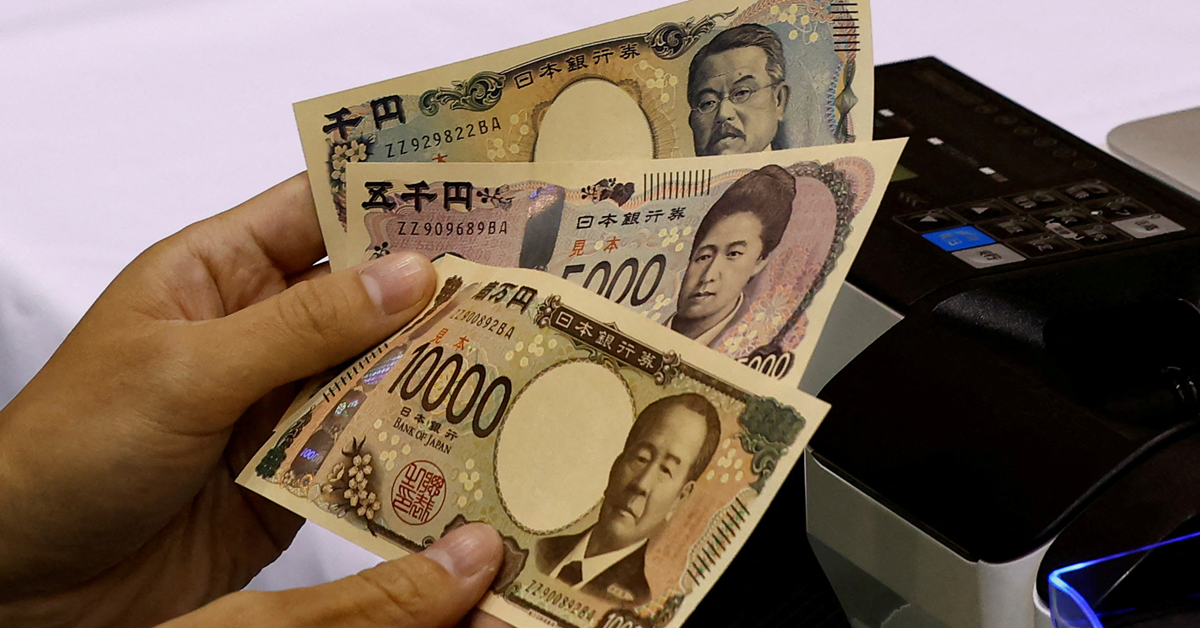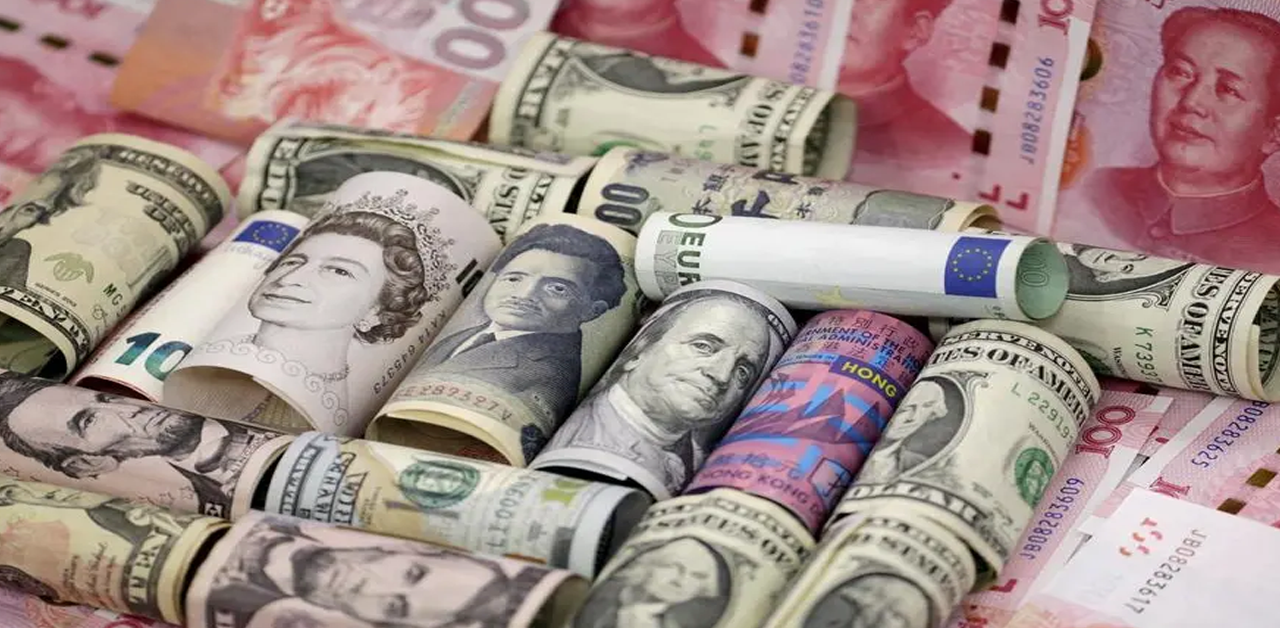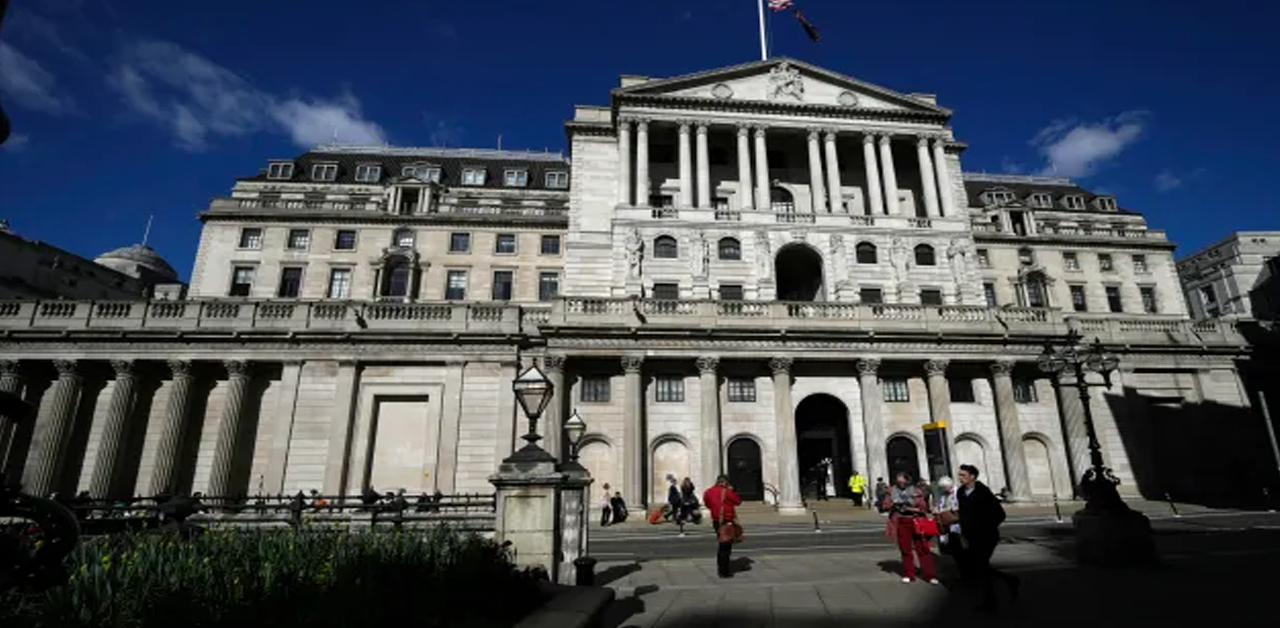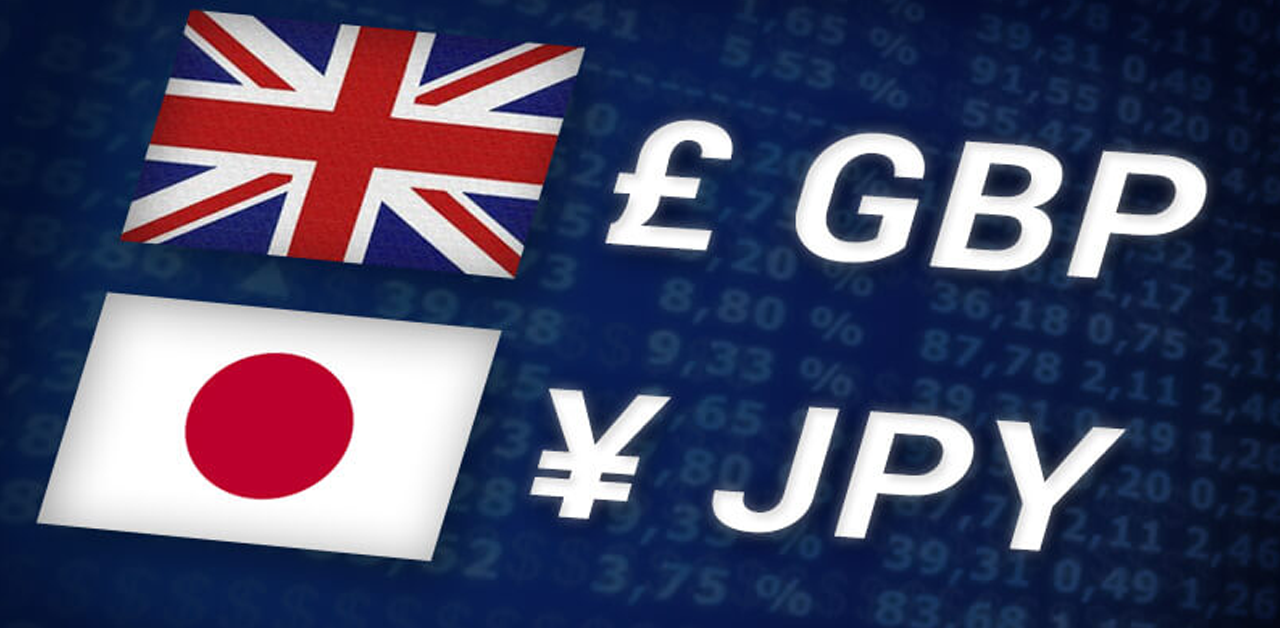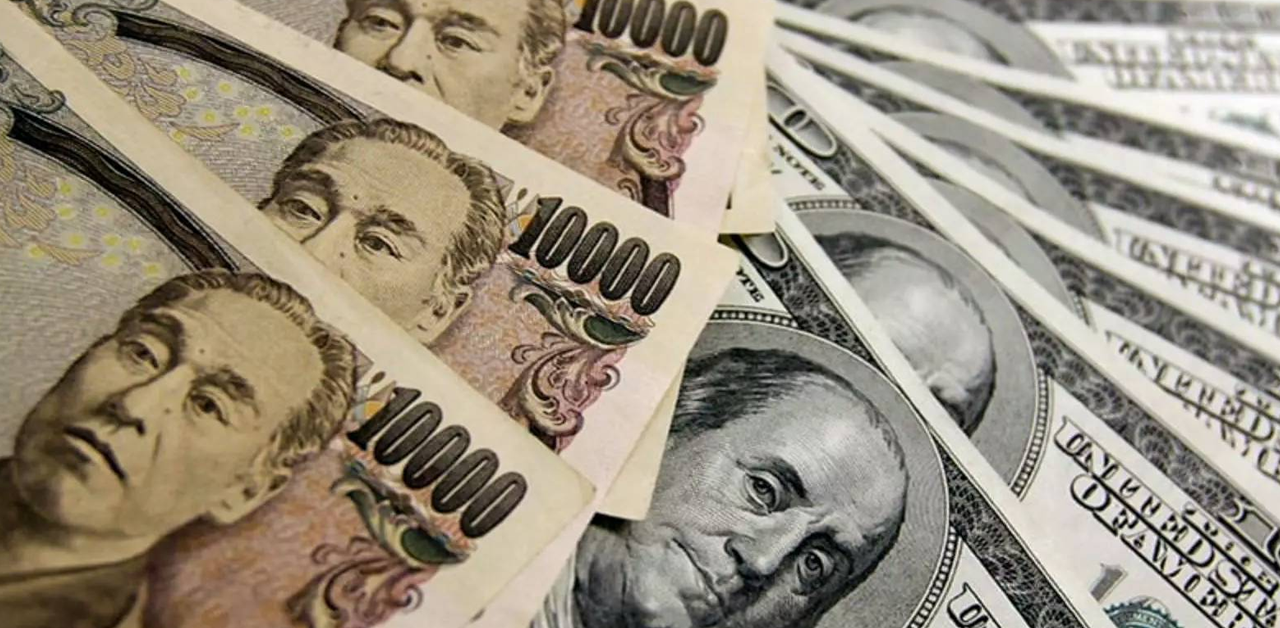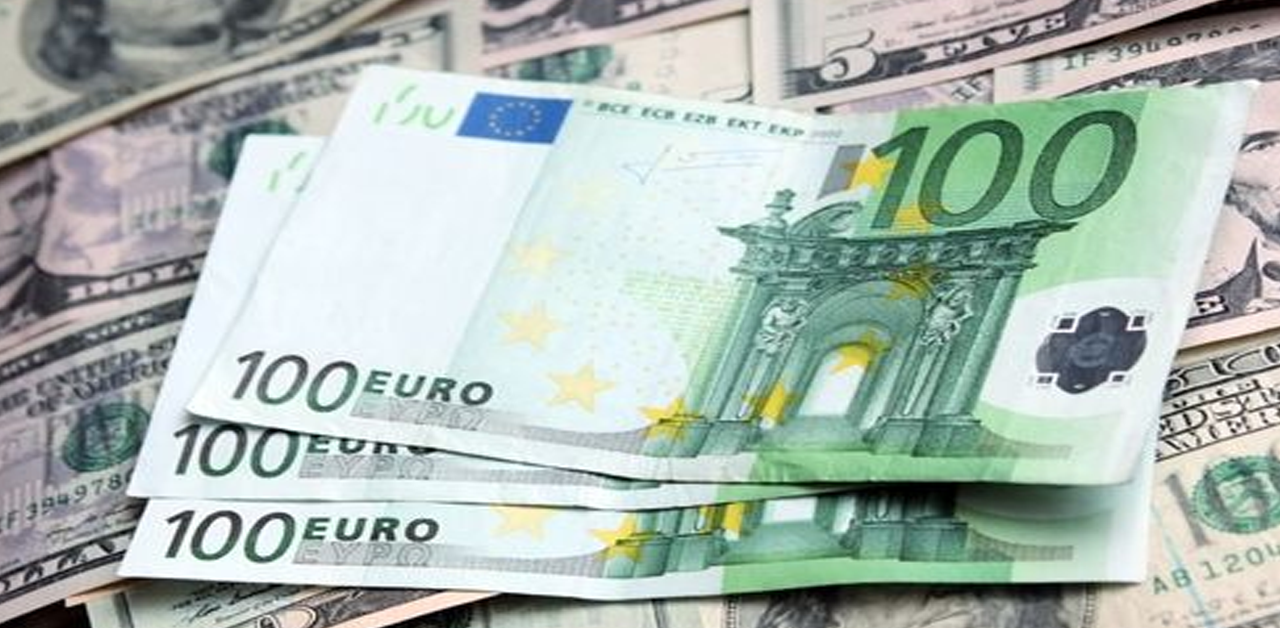Japanese Yen Weakens Amid Dovish Bank of Japan Stance
The Japanese Yen (JPY) continues to weaken against the US Dollar (USD) for the second consecutive day, largely due to dovish comments from Bank of Japan (BoJ) Deputy Governor Shinichi Uchida on Wednesday. According to Reuters, Uchida stated, “We won’t raise rates when markets are unstable,” highlighting the BoJ’s cautious approach.
Deputy Governor Uchida also indicated that the BoJ’s interest rate policy may be adjusted if market volatility impacts economic forecasts, risk assessments, or projections. Given the recent market instability, he stressed the importance of closely monitoring the economic and price effects of their policies, adding, “We must maintain the current degree of monetary easing for the time being.”
Despite the JPY’s weakness, the USD/JPY pair’s upside may be capped as the US Dollar faces headwinds, with market participants increasingly expecting a significant rate cut by the Federal Reserve (Fed) starting in September. The CME FedWatch tool now shows a 67.5% probability of a 50-basis point (bps) rate cut by the Fed in September, up from 13.2% just a week ago.
Japanese Yen Weakens Following BoJ’s Uchida Remarks
Japan’s Chief Cabinet Secretary Yoshimasa Hayashi commented on Tuesday that “wage increases are expected to extend to part-timers and small businesses by autumn, supported by strong Shunto results and minimum wage hikes.” However, Hayashi did not address current foreign exchange levels.
Japan’s Labor Cash Earnings data for June showed a 4.5% year-on-year increase in average income, exceeding both the previous 2.0% and the expected 2.3% figures. This marks the highest rise since January 1997 and reinforces the possibility of Japan moving towards a higher interest rate environment.
Meanwhile, US Federal Reserve officials have shared their views on the economic outlook. Federal Reserve Bank of San Francisco President Mary Daly expressed confidence on Monday that US inflation is moving towards the Fed’s 2% target. She noted, “Risks to the Fed’s mandates are becoming more balanced,” suggesting a potential openness to rate cuts in upcoming meetings.
Chicago Fed President Austan Goolsbee also remarked on Monday that the central bank is ready to act if economic or financial conditions deteriorate. He emphasized, “We’re forward-looking about it, and so if conditions collectively start deteriorating on any of those fronts, we’re going to address it,” as reported by Reuters.
The minutes from the BoJ’s June meeting revealed concerns among some members about rising import prices due to the Yen’s recent decline, which could increase inflationary pressures. One member warned that cost-push inflation could elevate underlying inflation if it leads to higher inflation expectations and wage growth.
In its Quarterly Outlook Report released on Thursday, the BoJ noted the potential for wages and inflation to exceed expectations, driven by heightened inflation expectations and a tight labor market.

